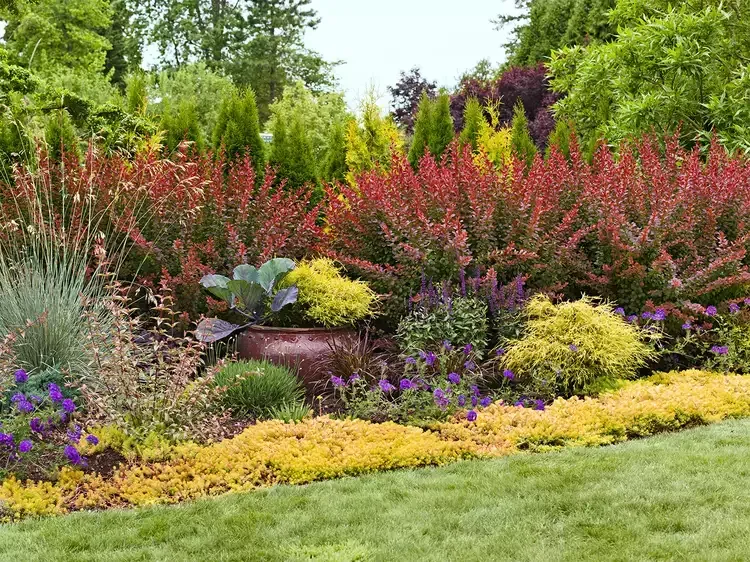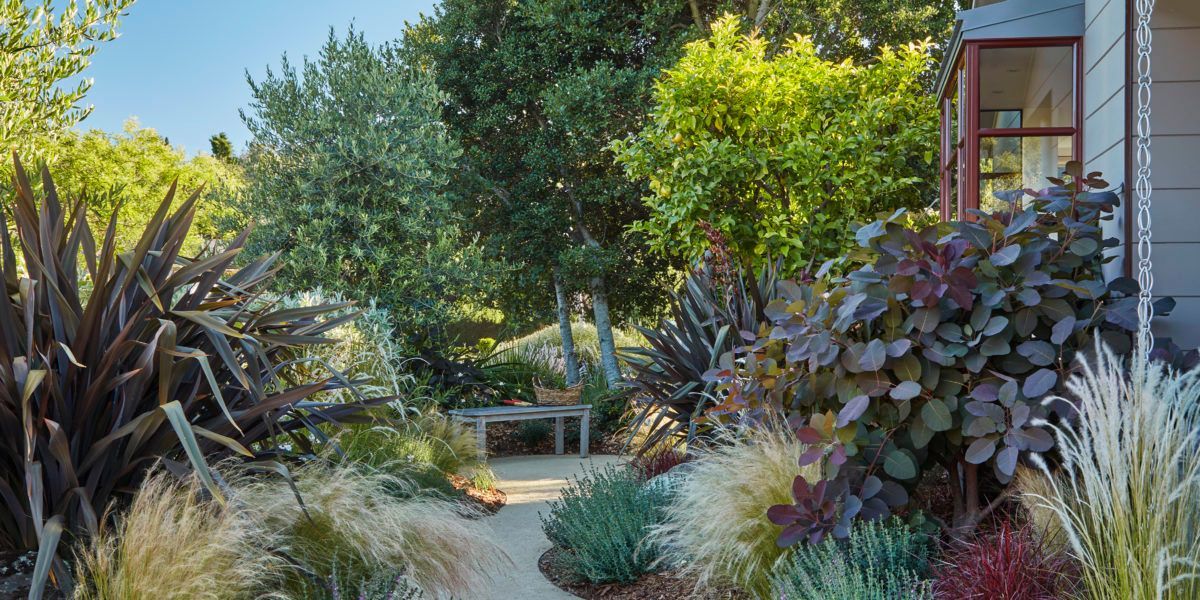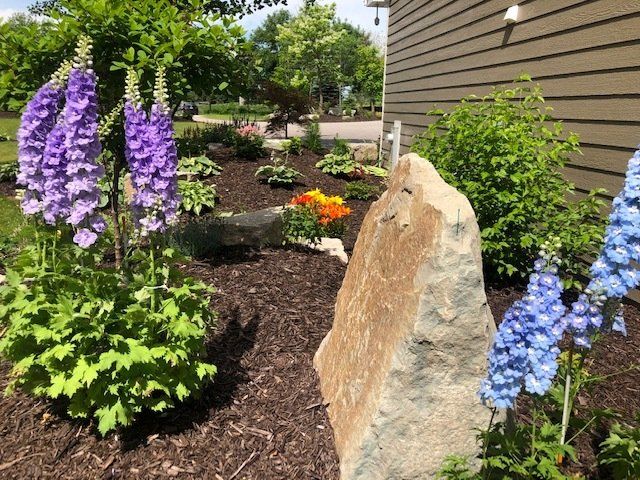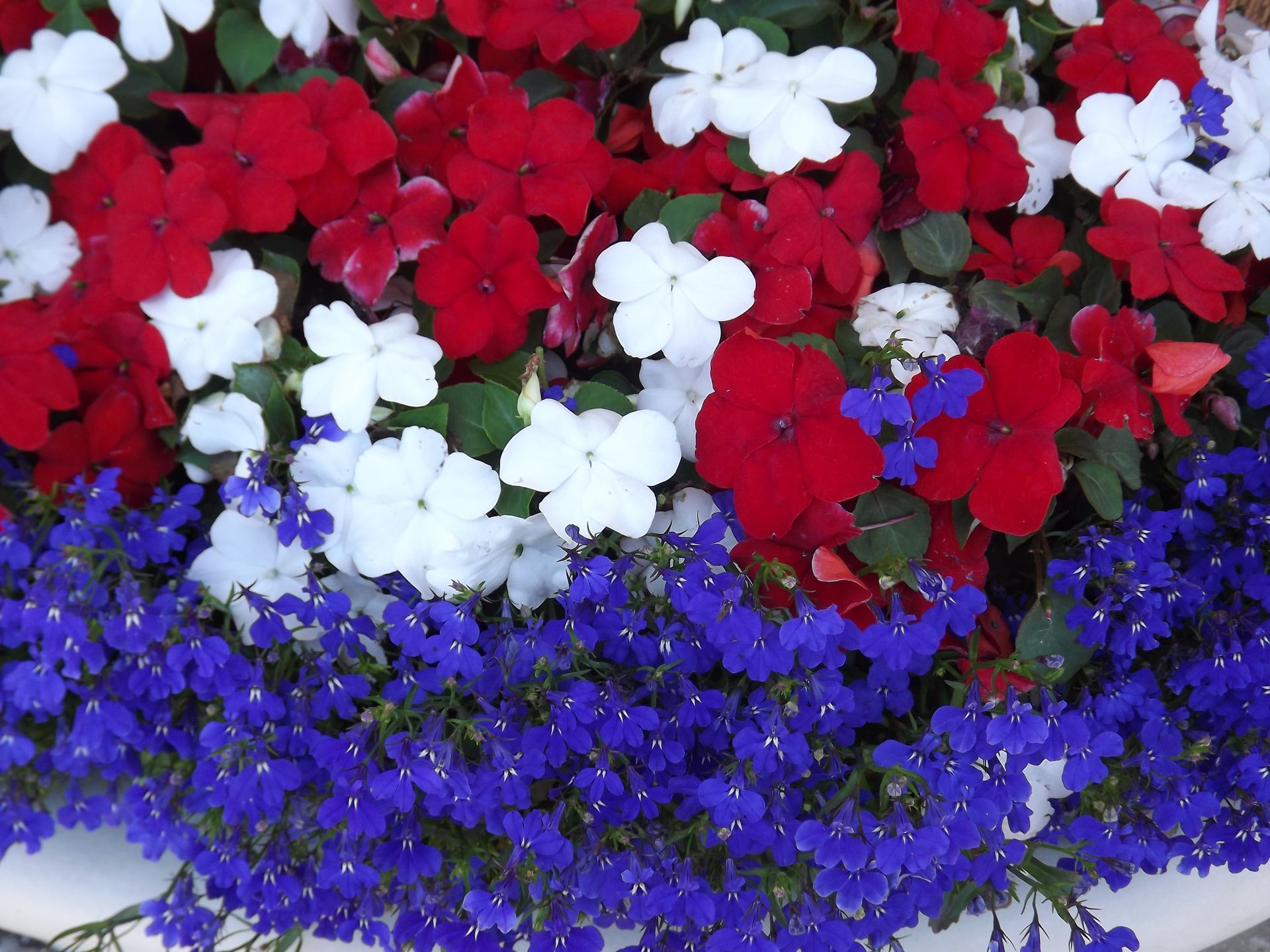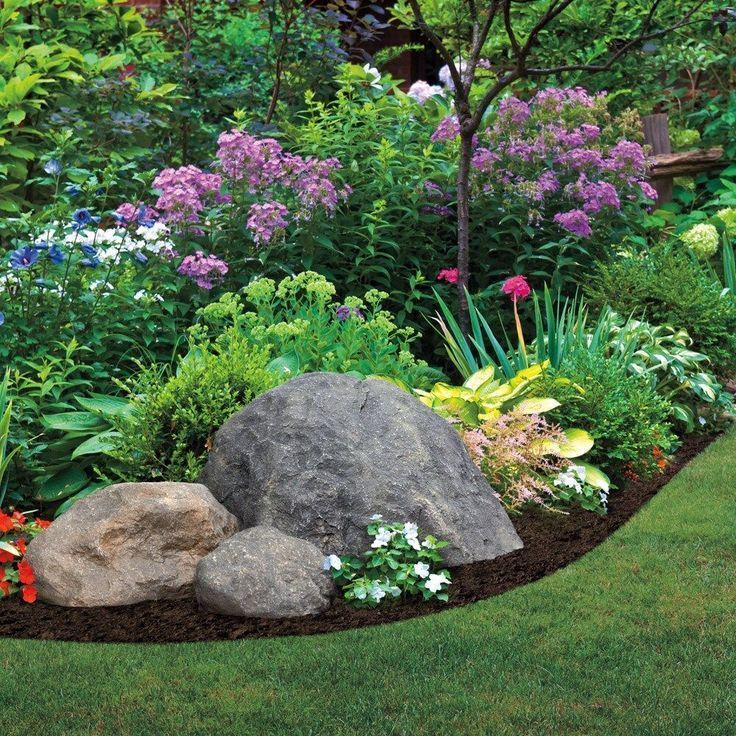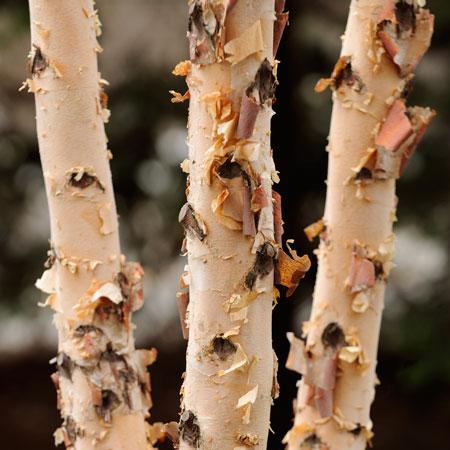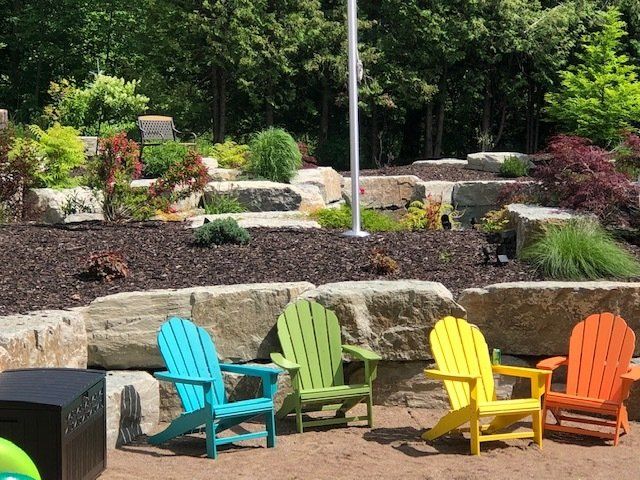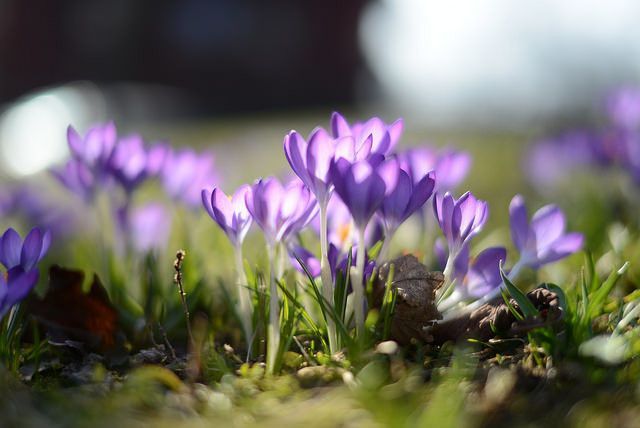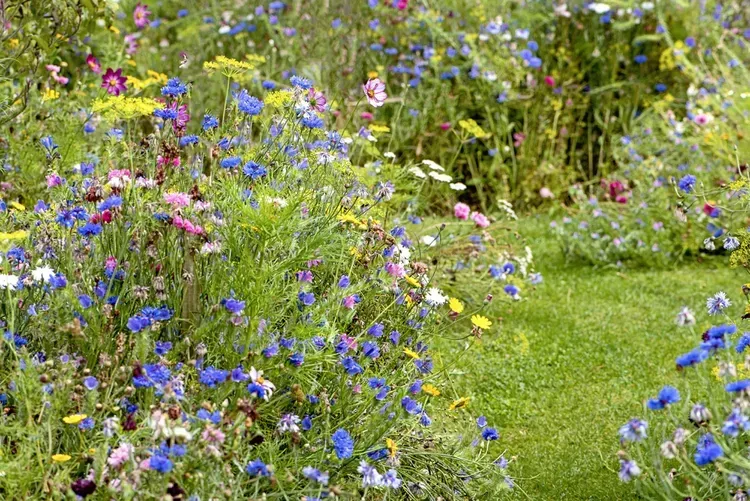5 Best Low-Maintenance Plants That Should Be in Your Landscape
Looking for Low-Maintenance Plants?
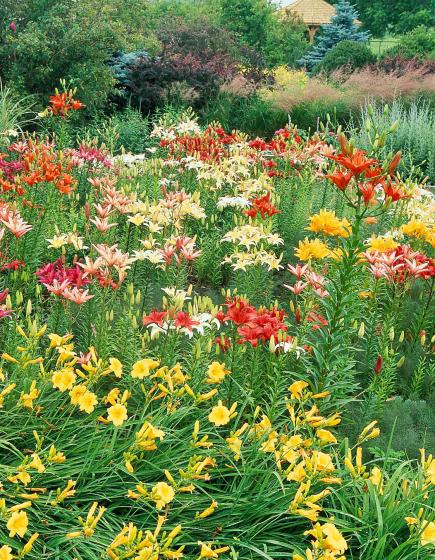
If you are looking for low-maintenance plants for your landscape but want them to be beautiful and easy to care for, look no further. These five great landscape plants will fit the bill. They look great and will require only a minimal amount of maintenance. Better yet, they offer a wide range of color, shape, height, and sun tolerance, so something here will fit into your landscape.
Top 5 Low-Maintenance Plants
- Daylily
- Hosta
- Spirea
- Ornamental Grass
- Rudbeckia

Daylily
The daylily is one of the easiest plants you can own. It will look neat and clean all season long, and the blooms will cover the plant in early-to-mid summer. There are several re-blooming varieties that can offer a smaller bloom well into the fall.
The daylily will get a little bigger each year and eventually can be split, but this takes a while. The only maintenance is a once per year clearing away of the prior year's dead growth. The plants can be sheared to the ground in late fall or simply pulled out by hand in the spring. For a reliable bloom and re-bloom on a compact and neat plant, try Stella de Oro.
Planting these beauties next to tulips or daffodils is also a great idea, since the daylillies will take over just when the others are dieing down.
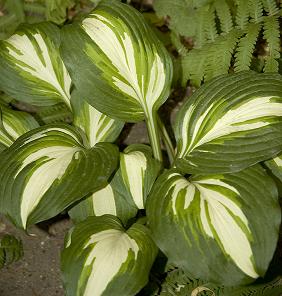
Hosta
The hosta is the king of the shade. If you have a place in your landscape that is shady and you can't get much else to grow, this is your plant of choice. There are literally hundreds of varieties of hosta with leaves from light green to blue, and all sorts of variegated leaves as well.
The hosta is a terrific low maintenance plant that requires no care all year long. Care is very similar to the daylily. After the season is done, all you need to do is remove the dead branches after a hard frost and you're ready for next year. Or, you can wait until spring and remove the dead remnants then.
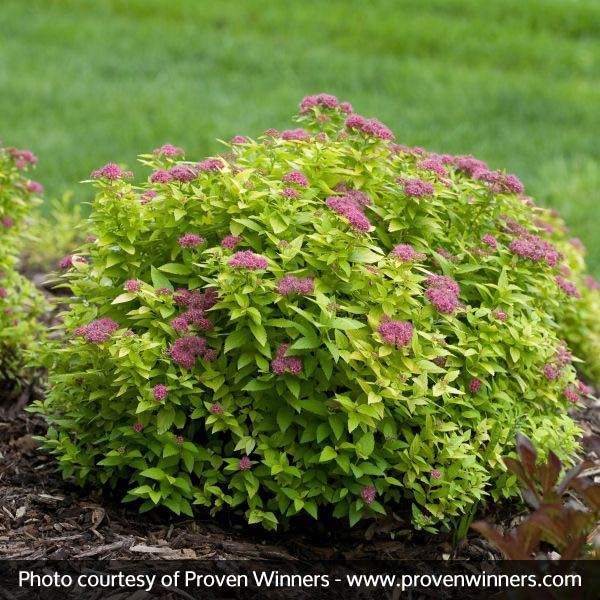
Spirea
If you are looking for only one shrub in your landscape, spirea should be your choice. This low-maintenance shrub is beautiful all season long.
Spireas come in sizes from compact 2-3-feet high plants all the way up to very large shrubs. What makes them so interesting is that they flower brilliantly during the summer and most have excellent fall color as a finishing touch.
The maintenance on spirea is very easy. They can be pruned any time of year except when they are in bloom but they don't care how you prune them. You can simply take a hedge clipper and prune them in fall or spring to retain their shape. A few minutes for this annual haircut and you are done and ready for the next year. Popular varieties that will stay rather compact include Little Princess and Gold Mound.
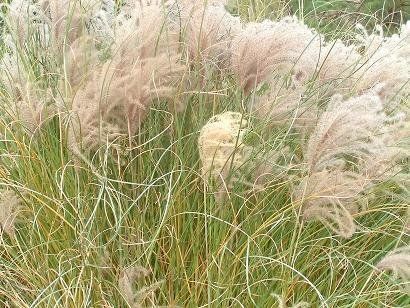
Ornamental Grass
Ornamental grasses are a great addition to any landscape and will provide a different look from the usual trees, shrubs, and perennials. Many ornamental grasses are very neat and others are very explosive in the landscape.
Grass can be used as a boundary plant or as a focal point. In the summer and into winter, you will be treated with the soft plumes floating in the slightest breeze. The best part about ornamental grass is that the maintenance is very low. Just make sure you get a variety that doesn't seed itself and expands at a slow pace each year, and you will be fine.
Your annual job for grasses is to simply cut them to the ground each spring before they start to grow. For a medium-sized grass, consider Flame Grass. For something a bit taller, take a look at Karl Forester.
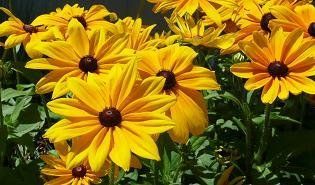
Rudbeckia
Rudbeckia, or Black-Eyed Susans, take over the landscape when other flowers are done for the summer. They will bloom in abundance from summer through fall and their bright yellow color is noticeable from quite a distance.
Black-Eyed Susan will keep coming back strong year after year with no maintenance at all, but a quick cleaning of the dead plants each spring will clean up their spot and only takes a few minutes. If you don't have a lot of fall color in your landscape and you want an easy to care for plant, Rudbeckia is a must. The most popular variety is Goldsturm, but Fulgida is also an excellent choice.
No-Maintenance Plants
What if you are looking for truly no-maintenance plants? Well, about the only plant that truly requires no maintenance is an evergreen of some kind, but the ones we've discussed here are very close. The problem with a plant that requires zero maintenance is that it tends to not offer as much beauty in the landscape.
Stick with low maintenance. For the small amount of effort that you have to put into the garden, the reward is well worth it.
What Are You Waiting for?
Well, there you have it. You can add plenty of beautiful landscape plants to your yard without a lot of work. These five low-maintenance plants will beautify your yard without turning you into a full-time gardener.
Source: https://dengarden.com
Call us today to schedule your free consultation! 920.462.7041
